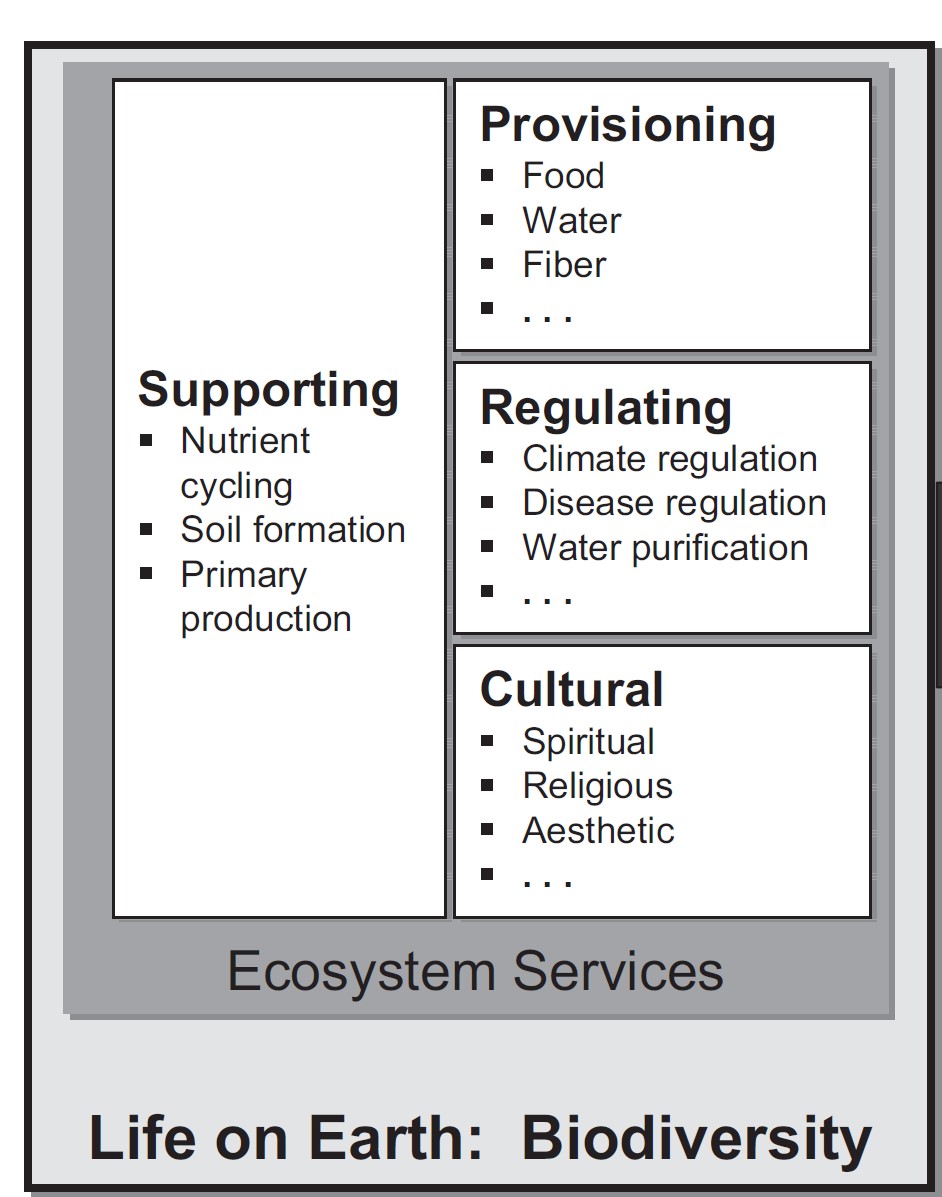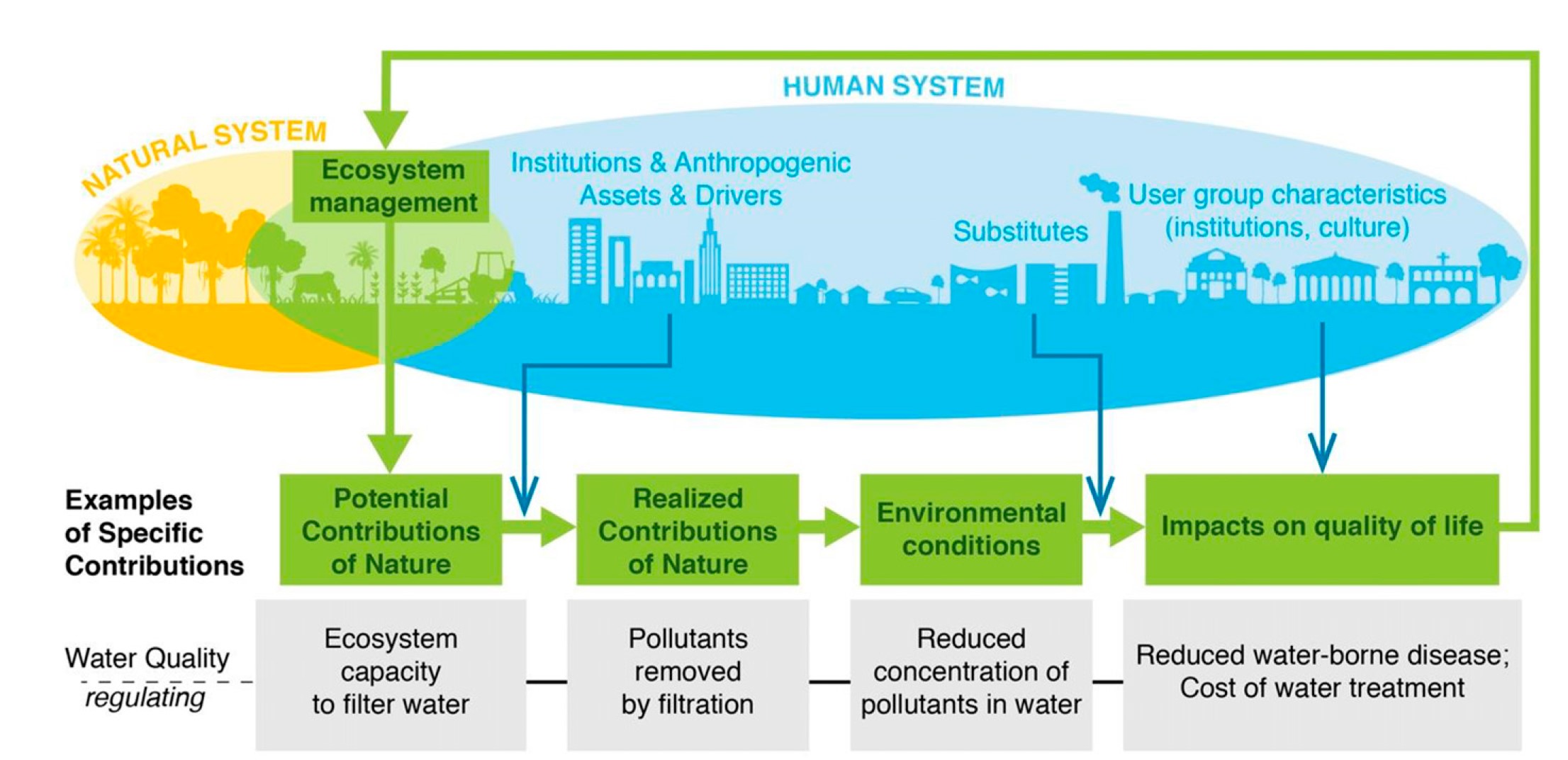Listen here on Spotify | Listen here on Apple Podcast
Episode released on April 4, 2024
Episode recorded on October 26, 2023
 Kate Brauman is the Deputy Director of the Global Water Security Center at the University of Alabama.
Kate Brauman is the Deputy Director of the Global Water Security Center at the University of Alabama.
Highlights | Transcript
- Definition of nature-based solutions (NBS) relative to water resources: optimizing positive aspects of nature to provide clean, reliable water resources while reducing negative tradeoffs, e.g., reforestation, urban green roofs etc. https://www.iucn.org/our-work/nature-based-solutions
- The term NBS originated in the climate community as an approach to mitigate climate change by sequestering carbon in ecosystems
- The REDD+ (Reducing Emissions from Deforestation and forest Degradation) within the UNFCC (UN Framework Convention on Climate Change) focuses on biophysical and social impacts https://redd.unfccc.int/
- REDD+ projects: “Plant a tree”, consider tradeoffs with social impacts, land tenure issues etc.
- Upstream watersheds often forested, serve as water source for downstream areas; deforestation will affect runoff, sediment transport, and pollution.
- Important to consider land use changes, such as grasslands to forests, as the latter often use more water and reduce flow to streams.
- Benefits from nature: Ecosystem Services (Brauman et al., Ann. Rev. Env. Resour., 2007) and Nature’s Benefits to People (https://www.ipbes.net/):
Regulating benefits: regulation of water flow, regulation of water quality
Material benefits: food and fuels
Non-material benefits: sense of place, learning and inspiration
- Examples of land use changes changing ecosystem services: agricultural expansion, e.g., forest to cropland – produce more food while reducing ET, increasing runoff and groundwater recharge, AU, SW US. Many of these changes were Unintended consequences in past, now NBS, more intentional.
- Natural capital, examples:
- Soils: need the “capital” of soils for growing crops, storing carbon
- Forests: carbon storage in trees, regulation of water flow, provision of timber
- Intergovernmental Platform on Biodiversity and Ecosystem Services (IPBES), similar to IPCC (Intergov. Panel on Climate Change):
- Global trends in Nature’s Contributions to People (Brauman et al., PNAS, 2020): trends 1970 – 2020
- Example: water quality, ecosystem capacity to filter water, pollutants removed, reduced waterborne disease and water treatment costs. Forests, riparian forests, wetlands.
- Just because ecosystem services can remove pollutants does not mean they are doing this: if no pollution upgradient, there is nothing to remove.
- Water has been getting cleaner in the US: e.g., rivers catching fire in the US in the 1960s, Clean Water Act reduced industrial discharges since then. https://www.nwf.org/Our-Work/Waters/Clean-Water-Act
- Agricultural expansion, increased fertilizers, pesticides etc, harmful algal blooms
- Potential versus actual contributions of nature; increase in quality of life because of actual contributions of nature.
- Erosion: critical for water quality, sediment buildup in reservoirs, increase water treatment costs.
- Brazilian forest code: planting trees on mountain ridges, payment for environmental services (PES) in Brazil. https://www.sciencedirect.com/science/article/pii/S0048969719358668
- China Grain for Green program: cropland converted to orchards, reduce erosion downstream in Yellow River, reduces recharge and baseflow to streams (Wu et al., STOTEN, 2019)
- Trading water for carbon with biological carbon sequestration, Rob Jackson considering impacts of tree plantations in increased ET and reduced recharge and water resources.
- Limited monitoring of programs reduces understanding of hydrologic impacts, e.g., paired watershed programs.
- Need about 20% landscape change to see hydrologic impacts. https://onlinelibrary.wiley.com/doi/full/10.1111/j.1365-2486.2005.01011.x
- Nature based solutions versus traditional engineering solutions: original emphasis on engineering solutions, e.g., levees for flood control, don’t last forever.
- Need gray and green solutions together to optimize the system.
Nature based solutions: low risk but low reward, not likely to deliver all the needs and best incorporated with engineering solutions.

Figure 1. Millenium Ecosystem Services classification scheme of ecosystem services. Supporting services generate the conditions that allow provisioning, regulating, and cultural services to be delivered (Brauman et al., Ann. Rev. Environ. Resour., 2007). 
Figure 2. Potential versus realized contributions of nature, environmental conditions, and impact on quality of life.



